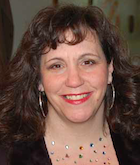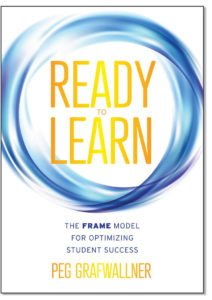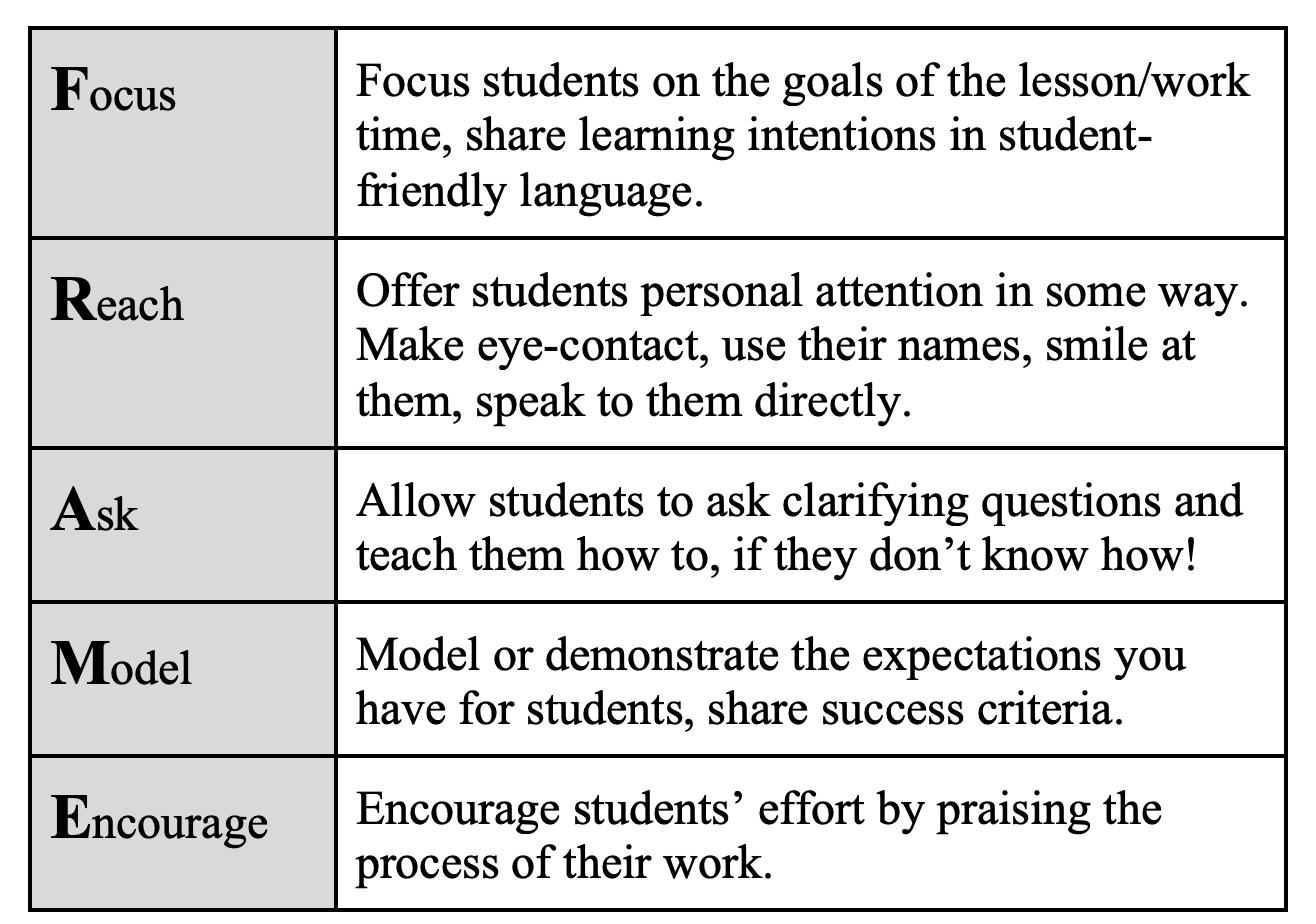Optimize Your Teaching with the FRAME Model
Ready to Learn: The FRAME Model for Optimizing Student Success
By Peg Grafwallner
(Solution Tree Press, 2020 – Learn more)
Reviewed by Rita Platt
 Peg Grafwallner has been an educator for more than 25 years. She has observed hundreds of teachers and finds that those who are most successful have a strong understanding that, “While sharing content is indeed important, it is equally important that teachers design a classroom structure that creates enthusiasm and excitement for learning” (p.1).
Peg Grafwallner has been an educator for more than 25 years. She has observed hundreds of teachers and finds that those who are most successful have a strong understanding that, “While sharing content is indeed important, it is equally important that teachers design a classroom structure that creates enthusiasm and excitement for learning” (p.1).
Further, she says, any teacher can develop that structure and create a “curious community of learners” (p.1) that will help them be more engaged in and successful with content learning.
To help teachers design an optimal structure, Grafwallner has developed the FRAME model. FRAME is an acronym that comprises the components of any effective learning experience or lesson set. FRAME stands for: Focus, Reach, Ask, Model, and Encourage.
Grafwallner encourages us to use FRAME in both the first ten minutes of a specific lesson and throughout the teaching and learning cycle. Take a closer look at FRAME below.
After introducing the concept of FRAME, the author contextualizes it in four meaty chapters. The chapters are summarized below.
Chapter 1: How to Create Learning Intentions and Success Criteria
This chapter is a goldmine of information on the whats, whys, and hows of developing and sharing learning intentions and success criteria. Sometimes I think that these terms are presented in what feels like an overwrought high-minded manner. When that happens, teachers are intimidated and lose sight of the fact that what we’re talking about is sharing learning targets and showing kids what it looks like to meet them.
Great teachers have always followed this practice. Grafwallner demystifies the process and makes it easier for all of us to do a better job of it. Her many examples make the reader feel confident and equipped to write strong learning intentions (goals, objectives, targets, or whatever you want to call them) and to think about and share with students what they will be able to do when they meet them.
Chapter 2: How to FRAME the First Ten Minutes of Class
 Above I shared the notion that FRAME can be thought of as both an organizing tool for the beginning of a new lesson and as a concept to guide interaction with students throughout the learning cycle. Chapter 2 focuses on the former and takes the reader through many examples of FRAME in action during those critical first minutes when a teacher is introducing a new learning goal and motivating students to invest themselves in learning.
Above I shared the notion that FRAME can be thought of as both an organizing tool for the beginning of a new lesson and as a concept to guide interaction with students throughout the learning cycle. Chapter 2 focuses on the former and takes the reader through many examples of FRAME in action during those critical first minutes when a teacher is introducing a new learning goal and motivating students to invest themselves in learning.
Chapter 3: How to Embed FRAME Within a Lesson
One thing I love about the simple FRAME model is that it’s inclusive of the entire school day. Here Grafwallner offers extended examples of how to embed focus, reach, ask, model, and encourage throughout all aspects of a lesson plan or learning unit. She links the components to best practice methods including differentiation, collaboration, self-assessment, and even learning stations.
Chapter 4: How to Use FRAME for Peer Observation and Feedback Among Teachers
Grafwallner is an advocate of teachers observing each other as a strategy for professional development, and this chapter offers tools for using the FRAME model to, well, frame peer observations.
Ready to Learn!
The book is a short 100 pages, but it’s power-packed with ah-ha moments and resources that will help any teacher up her or his game. In addition to the many examples and tips, hints, and resources in each chapter, there are “Do Now” suggestions to get you started implementing new ideas. Additionally, at the end of the book there is an Appendix filled with forms that are useful for understanding and implementing
I loved this book and the common sense approach it takes in helping educators to effectively FRAME their lessons so that kids learn more. My own copy is marked up and the pages are folded for quick reference. I recommend it strongly as a choice for individual teachers, PLC groups, or administrators.
Rita Platt (@ritaplatt) is a National Board Certified Teacher with master’s degrees in reading, library, and leadership. Her experience includes teaching learners in remote Alaskan villages, inner cities, and rural communities. She currently is a school principal, teaches graduate courses for the Professional Development Institute and blogs at Heart of the School for MiddleWeb. She is the author of Working Hard, Working Happy: Cultivating a Culture of Effort and Joy in the Classroom.
































